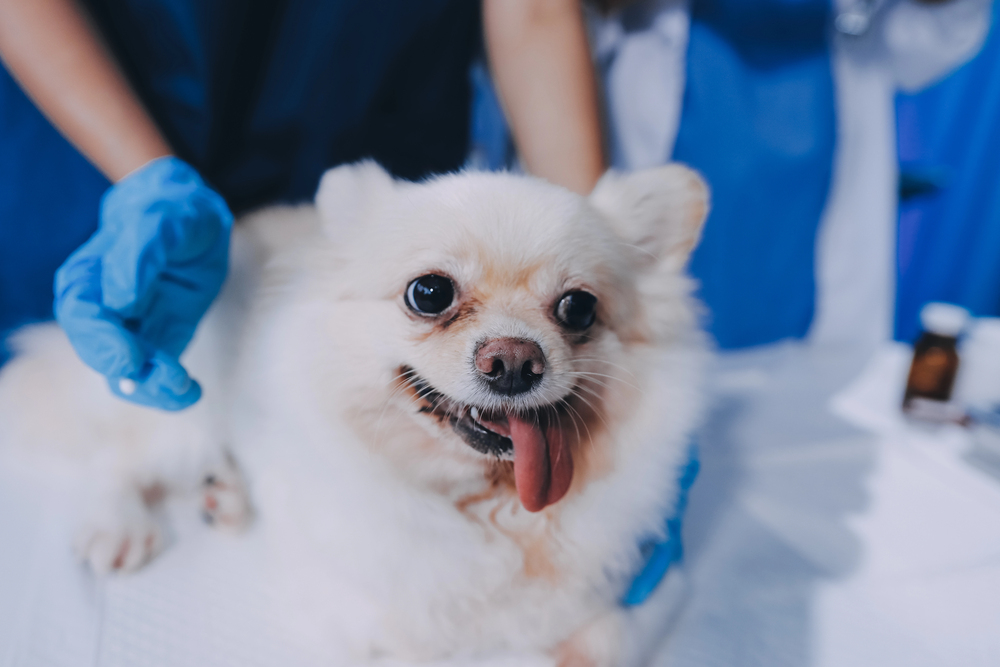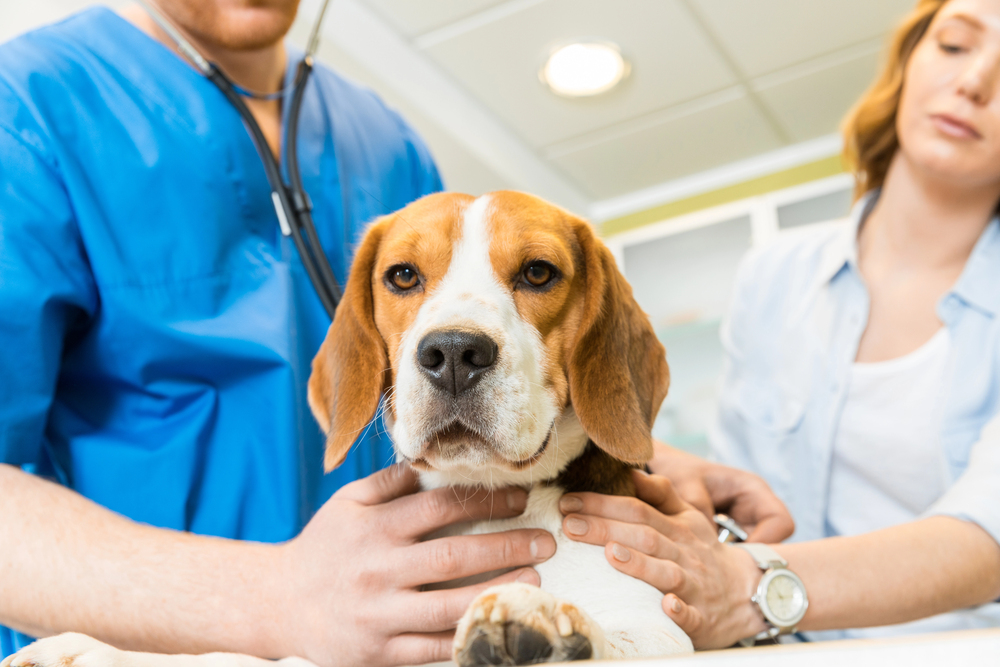
Cryptorchidism, a condition where one or both of a male dog’s testicles fail to descend into the scrotum, is a relatively common issue that pet owners may encounter. While it may seem like a minor issue, cryptorchidism can lead to a variety of health complications for dogs, including infertility, increased risk of testicular cancer, and behavioral changes. Understanding this condition, its causes, symptoms, and available treatment options is crucial for ensuring the health and well-being of affected dogs.
What is Cryptorchidism?
Cryptorchidism is a congenital condition where one or both of a male dog’s testicles do not descend into the scrotum. In normal development, the testicles start inside the abdomen during fetal growth and later descend through the inguinal canal into the scrotum shortly before birth. If this process is disrupted, the testicle(s) may remain undescended, either within the abdominal cavity or in the inguinal canal.
This condition is most commonly seen in male dogs, but it is also found in other species, including cats. The term “cryptorchid” comes from the Greek words kryptos (hidden) and orchis (testicle), referring to the hidden or undescended nature of the testicle.
Causes of Cryptorchidism
Cryptorchidism in dogs is primarily genetic, meaning it can be passed down from one generation to the next. Certain breeds are more prone to this condition, and the condition is most often inherited as a recessive trait. Some of the breeds known to be at higher risk include Bulldogs, Miniature Schnauzers, Basset Hounds, and Yorkshire Terriers. However, it can occur in any breed, and even in mixed-breed dogs.
In addition to genetics, cryptorchidism may also be caused by environmental factors or developmental issues during gestation. For instance, abnormal hormonal influences in the womb may interfere with the normal descent of the testicles. However, the exact cause can often be difficult to determine.
Symptoms of Cryptorchidism
The most obvious symptom of cryptorchidism is the absence of one or both testicles from the scrotum. In some cases, the undescended testicle may be found within the inguinal canal, but it will not be visible or palpable in the scrotum. Dogs with cryptorchidism are typically examined for this condition between 6 and 12 months of age, as testicles should normally descend during this time.
While the condition is often detected during routine veterinary exams, signs to watch for include:
- Absence of one or both testicles in the scrotum
- Swelling or fullness in the inguinal area if the testicle has descended but is stuck in the inguinal canal
- Behavioral changes such as increased aggression, territorial behavior, or marked increases in sexual activity (though these signs are not always noticeable)
Importantly, if a testicle remains undescended, it may cause complications as the dog matures.

Health Risks of Cryptorchidism
Undescended testicles, whether retained in the abdomen or the inguinal canal, can pose a significant threat to a dog’s health. Some of the potential complications include:
- Infertility: A dog with cryptorchidism is often infertile, as the undescended testicle is typically unable to produce This can be a concern for breeding purposes, and owners may want to have their dog examined if they plan on breeding in the future.
- Testicular Cancer: One of the most concerning long-term risks associated with cryptorchidism is an increased risk of testicular cancer. The undescended testicle remains exposed to higher temperatures than a normally descended testicle, which can lead to the development of cancerous growths over This risk is significantly higher in dogs with bilateral cryptorchidism (where both testicles are undescended).
- Hormonal Imbalance: Undescended testicles can still produce hormones, but these may be imbalanced due to the abnormal location of the testicle. This can lead to behavioral issues such as increased aggression, territorial behavior, and other hormone-related conditions.
- Torsion of the Testicle: In rare cases, a retained testicle can twist on its blood supply, leading to a painful condition known as testicular torsion. This is a medical emergency that requires immediate intervention to prevent tissue damage.
Diagnosing Cryptorchidism
Veterinarians can diagnose cryptorchidism with a physical exam. During this exam, they will palpate the scrotum to check for the presence of the testicles. If only one testicle is absent, the vet will also check the inguinal canal and abdomen for any sign of the retained testicle. In some cases, advanced imaging such as ultrasound or X-rays may be used to locate an undescended testicle, particularly if it is in the abdomen and cannot be felt externally.
If the testicle is located within the abdomen, a veterinarian may recommend further testing to rule out other potential issues, such as hernias, and to ensure the dog is a good candidate for surgery.
Treatment of Cryptorchidism
The primary treatment for cryptorchidism in dogs is surgical intervention. The surgery typically involves removing the undescended testicle(s) to reduce the risk of cancer and other complications. This procedure is often performed at the same time as neutering (castration) and can be done when the dog is around 6-12 months of age. However, the surgery may be delayed if the dog is too young or if there are other health concerns.
There are two main options for treating cryptorchidism:
- Castration (Neutering): If only one testicle is undescended, castration is performed to remove both the descended and the undescended testicle. If both testicles are undescended, a bilateral castration is Neutering also eliminates the potential for testicular cancer and hormonal-related behavior issues.
- Abdominal Surgery: If the testicle is located in the abdomen, it may require an abdominal surgery to remove This surgery is more complex than standard neutering but is typically successful when performed by an experienced veterinarian.
Post-Surgery Care and Recovery
After surgery, dogs will typically recover well, though they will need to be monitored closely for any signs of complications, such as infection or swelling at the surgical site. Pain management is an important part of the recovery process, and most dogs will need a few days to a week to fully recover. It’s important to restrict the dog’s activity during recovery to prevent any strain on the surgical site.
In some cases, a follow-up appointment may be necessary to ensure proper healing and to check for any signs of complications.
Conclusion
Cryptorchidism is a serious condition that can have significant implications for a dog’s health and well-being if left untreated. Early diagnosis and intervention are key to preventing complications such as testicular cancer, infertility, and behavioral changes. Pet owners who notice that their dog has undescended testicles should consult their veterinarian for diagnosis and treatment options. With appropriate medical care, dogs with cryptorchidism can lead healthy, happy lives.
